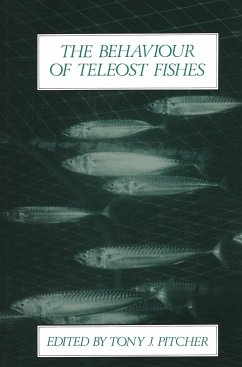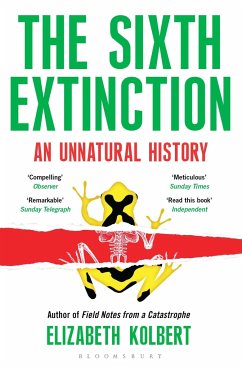
Ecology of Teleost Fishes
Versandkostenfrei!
Versandfertig in 6-10 Tagen
106,99 €
inkl. MwSt.
Weitere Ausgaben:

PAYBACK Punkte
53 °P sammeln!
Among the fishes, a remarkably wide range of biological adaptations to diverse habitats has evolved. As well as living in the conventional habitats of lakes, ponds, rivers, rock pools and the open sea, fish have solved the problems of life in deserts, in the deep sea, in the cold antarctic, and in warm waters of high alkalinity or of low oxygen. Along with these adaptations, we find the most impressive specializations of morphology, physiology and behaviour. For example we can marvel at the high-speed swimming of the marlins, sailfish and warm-blooded tunas, air-breathing in catfish and lungfi...
Among the fishes, a remarkably wide range of biological adaptations to diverse habitats has evolved. As well as living in the conventional habitats of lakes, ponds, rivers, rock pools and the open sea, fish have solved the problems of life in deserts, in the deep sea, in the cold antarctic, and in warm waters of high alkalinity or of low oxygen. Along with these adaptations, we find the most impressive specializations of morphology, physiology and behaviour. For example we can marvel at the high-speed swimming of the marlins, sailfish and warm-blooded tunas, air-breathing in catfish and lungfish, parental care in the mouth-brooding cichlids and viviparity in many sharks and toothcarps. Moreover, fish are of considerable importance to the survival of the human species in the form of nutritious and delicious food of numerous kinds. Rational expoitation and management of our global stocks of fishes must rely upon a detailed and precise insight of their biology. The Chapman and Hall Fish and Fisheries Series aims to present timely volumes reviewing important aspects of fish biology. Most volumes will be of interest to research workers in biology, zoology, ecology and physiology but an additional aim is for the books to be accessible to a wide spectrum of non specialist readers ranging from undergraduates and postgraduates to those with an interest in industrial and commercial aspects of fish and fisheries.














